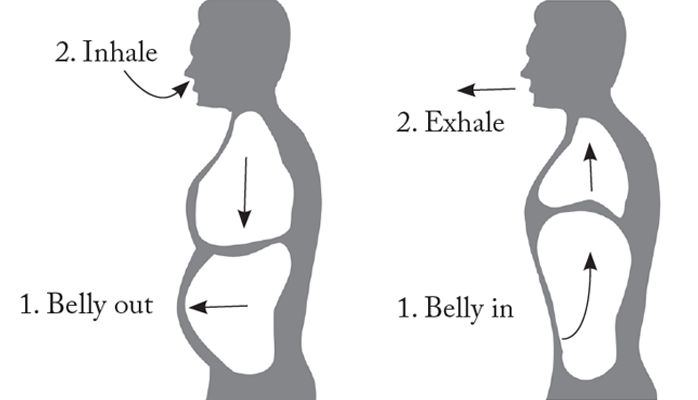How Posture Affects Your Breathing
Have you ever experienced shortness of breath? Felt like you were unable to take a deep full breath? This may actually be a problem due to poor posture.
When we carry ourselves with poor posture we are submitting to gravity. It may feel “easier” but we are not doing our body justice. What happens is our muscles are now at a disadvantage for optimal function. Muscles contract best within a certain length so when joints aren`t aligned correctly we tend to put muscles in a shortened or lengthened state which makes it difficult for them to provide stability. Particularly when looking at the muscles we use daily to stand and walk.
Biomechanics of Breathing
To take a breath there are a few actions at work.
- Our diaphragm contracts and depresses causing our lungs to inflate increasing size and causing air inhalation. This is all a mechanism of creating a slight negative pressure in the chest cavity via the diaphragm.
- At the same time our rib cage is elevating and expanding allowing for the lungs to expand. This movement is created through intercostals muscles in between our ribs and accessory breathing muscles in our neck. This action also aids in creating a small negative pressure allowing air to flow into the lungs.
Poor Posture means Poor Breathing
Now what I would like you to do is stand making yourself tall, now take a deep full breath in. Next I want you to sit and slouch forward and try and do the same. Feel a difference?
This is because when we ‘slouch’ or practice poor posture we actually limit our breathing capacity. Our rib cage is unable to elevate and expand and we have shortened the space in our thorax/abdomen which disables our diaphragm to contract fully and depress. This potentially reduces our breathing capacity by 30% if not more which means our body is not receiving the oxygen it requires to function optimally.
When this becomes a constant process, our breathing muscles shut off which then forces our body to rely on our breathing muscles in our neck, which as stated are only accessory breathing muscles. An increase in workload required by these muscles ends up causing neck conditions and headaches due to the fact that they are not meant to take up that much workload.
On a final note, if your performance is struggling during your favourite activity you may want to have your posture assessed. If we are unable to breath well sitting or standing, how can we expect to breath well during movement.
If you would like more information or would like to book an appointment at Neurohealth Chiropractic – please call the clinic on 9905 9099 or email us admin@neurohealthchiro.com.au or fill in the contact form from our website www.neurohealthchiro.com.au
Sign up to receive Neurohealth Chiropractic’s Free monthly health newsletter on the Right Hand Side of this page. Filled with great information and lots of easy health tips to keep you at Optimal Health!
This article is written by Dr. Braeden Melmer, Chiropractor – @ Neurohealth




